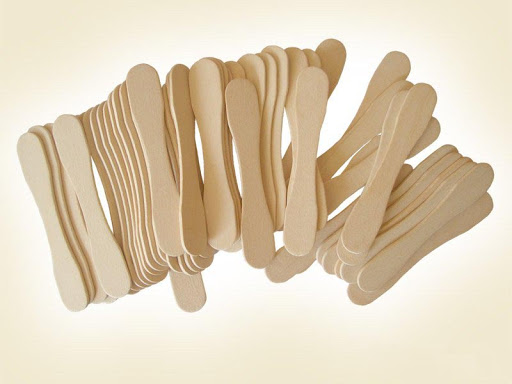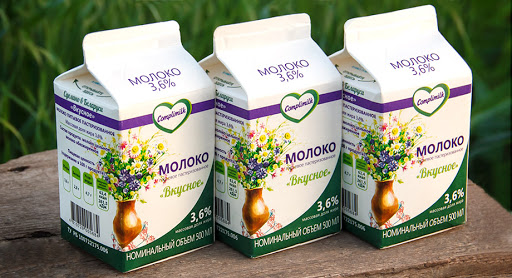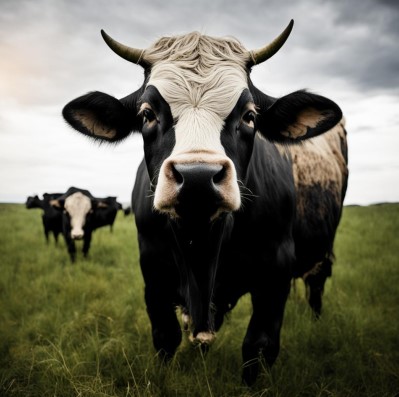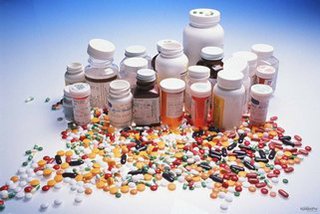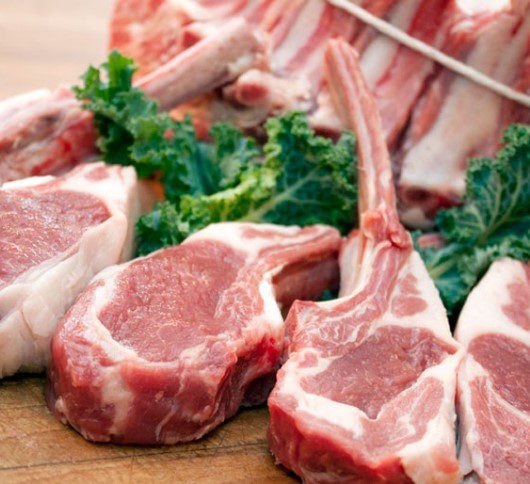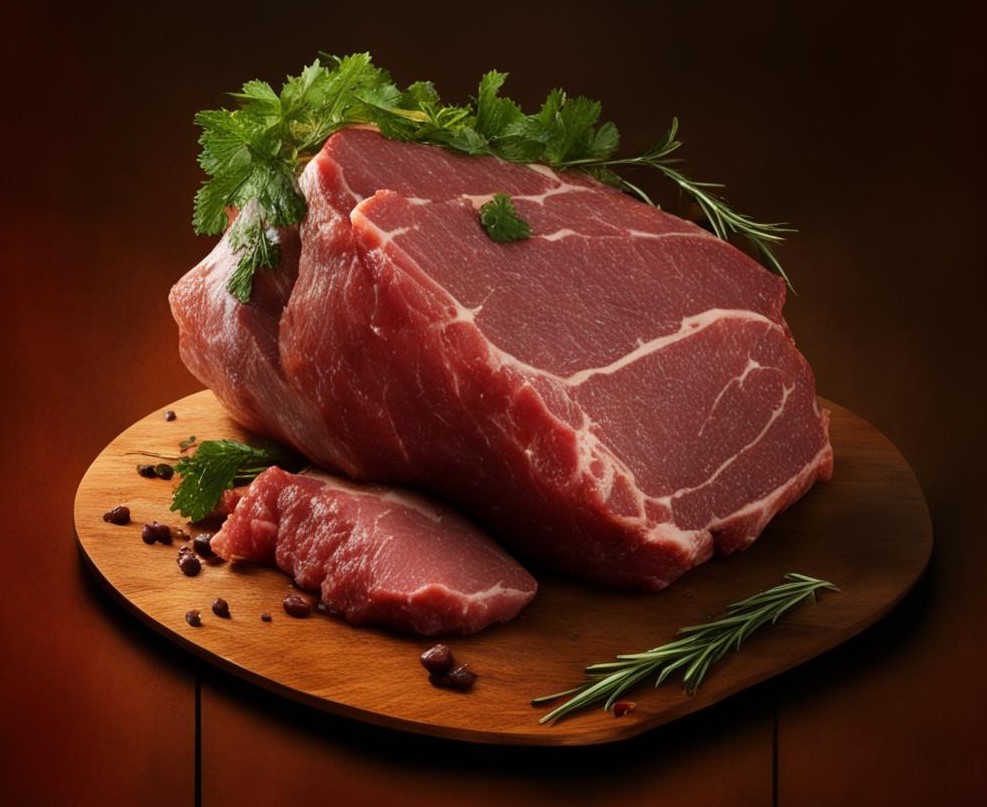What has become of the Russian economy for the year of the military operation in Ukraine
The economic growth
Russian GDP fell by 2.1% in 2022, which is incomparable with the pessimistic expectations of last spring. Household spending fell by 1.8% at constant prices, while investment in fixed assets increased by 5.2% (the latter includes spending on the production of weapons systems).
The factors that made it possible to avoid a large-scale drop were the expansion of parallel imports, high oil prices, government anti-crisis measures, the actual continuation of the activities of many retired companies, as well as an increase in the output of industries of the military-industrial complex, Dmitry Skrypnik, a leading researcher at CEMI RAS, told RBC. “More importantly, production capacities were loaded as a result of the forced alignment of production chains based on domestic producers,” the expert emphasized. According to the Gaidar Institute polls, Russia's capacity utilization is at its highest since the early 1990s (78.5% in October), even higher than the level of utilization before the start of the special operation and the imposition of tough sanctions, he added.
The state machine, taught by the covid pandemic, quickly worked to support business and the economy, said the DIRECTOR of the Institute for Economics of Growth. Stolypin Anton Sviridenko. “What used to be exported began to find its place in RUSSIA. In addition, it became clear that in ordinary trade it is possible to use neither the DOLLAR nor the euro, even actually switching to barter,” the expert said. According to him, the establishment of new logistics also turned out to be effective: “There are problems in the eastern direction, but the southern corridor was a surprise, through which it was possible to ensure the supply of critical imports.”
In 2023, the economy may return to growth at the end of the year, follows from the forecast of the International Monetary Fund and the expectations of the government and the Bank of Russia. But there are also risks. The embargo on Russian exports (including oil) and legal imports, as well as counter-sanction measures at the end of 2022, led to a sharp reduction in the trade surplus, said Anton Tabakh, Managing Director for Macroeconomic Analysis and Forecasting at Expert RA. Added to this is the threat of secondary sanctions against countries that are sources of parallel imports of equipment and investment goods to Russia, Skrypnik added.
.fotorama1677318033563 .fotorama__nav--thumbs .fotorama__nav__frame{ padding:5px; height:75px} .fotorama1677318033563 .fotorama__thumb-border{ height:75px; border-width:0px; margin-top:5px}
Real income of citizens
At the end of 2022, the real disposable income of the Russian population decreased by 1%, which can be considered a relative success compared even with the September forecast of the Ministry of Economy (minus 2.2%). However, over the past nine years (since 2014, since which Rosstat has been keeping these statistics using the new methodology), there have been only three years (not in a row) when real incomes have grown. The task of ensuring sustainable income growth for Russians is still out of reach. In mid-February 2022, Russian President Vladimir Putin ordered that real disposable incomes grow by at least 2.5% in 2022.
Real disposable income is likely to rise in 2023. In the fourth quarter of 2022, revenues have already grown by 0.9% compared to the same period in 2021. Incomes will be supported by the indexation of social transfers and the growing labor shortage. Competition for personnel leads to an increase in salaries, analysts of the Central Bank noted. Nevertheless, says the HEAD of the Economic Expert Group, Yevsey Gurvich, forced import substitution increases production, but reduces the well-being of citizens, since many domestic products are not an equivalent replacement for departed brands.
industrial production
The industrial production index also became an indicator with negative dynamics in 2022, which, however, turned out to be better than previous expectations. Industrial output at the end of the year decreased by 0.6% (the Ministry of Economy expected a decrease by 1.8%). The most significant negative contributions to the general industrial index were made by the auto industry and export-oriented industries - chemical production and the timber industry.
The largest positive contributions to the index were made by the oil and gas sector and the production of finished metal products. The latter is due, among other things, to an increase in state defense orders against the backdrop of a military operation in Ukraine (finished metal products include weapons and ammunition).
In 2023, a delayed effect of sanctions may appear: it will be necessary to carry out scheduled maintenance, extend licenses - this will inevitably cause difficulties, Sviridenko believes. “The speed at which the real replacement of technologies and equipment takes place will also determine the degree of efficiency of enterprises,” he says.
Budget
After the budget deficit in 2022 (3.3 trillion rubles, or 2.2% of GDP), the gap between income and expenditure in 2023 could be even larger, economists warn. Tabakh expects that the deficit "even in the absence of new shocks" could amount to 4.5-5 trillion rubles, the investment director of Loko-Invest Dmitry Polevoy predicts a deficit of 4.1-4.5 trillion rubles. (against the plan of 2.9 trillion rubles from the budget law). Polevoy points out that "it's not worth exaggerating": the situation with the budget will turn out worse than planned, but will not be critical. To curb the deficit, the authorities, among other things, are discussing a one-time fee from businesses in the total amount of 300 billion rubles.
Analysts' forecasts for the deficit worsened after the Finance Ministry's January budget execution report, which showed a 35% decline in revenues and a 59% increase in spending compared to January 2022. But if the failure in the revenue side was partly of a technical nature (VAT refunds shifted to the first month of the quarter), then the increase in expenses came as a surprise, not fully clarified: the Ministry of Finance stopped disclosing expenses in any detail from the spring of 2022. The agency only drew attention to a more than five-fold increase in public procurement spending - up to 1.3 trillion rubles. As of February 20, the budget spent 5.1 trillion rubles, or 17.3% of the annual plan.
.fotorama1677318033579 .fotorama__nav--thumbs .fotorama__nav__frame{ padding:5px; height:75px} .fotorama1677318033579 .fotorama__thumb-border{ height:75px; border-width:0px; margin-top:5px}
In 2022, more than 2 trillion rubles had to be spent to cover the budget deficit (in addition to borrowing). from the National Welfare Fund (NWF). At the beginning of 2022, a little more than 6 trillion rubles remained in it. free funds (yuan, gold, euro on accounts with the Bank of Russia). Now the Ministry of Finance is selling yuan from the NWF due to a lack of oil and gas revenues, the government has already developed a mechanism for increasing fees from oil workers - by limiting the discount of Russian oil to Brent and some other adjustments, an additional 600 billion rubles will be collected from the oil sector. in 2023. As a result, sales from the NWF to cover the budget deficit are expected to stop in the second half of the year, estimates Alexander Isakov, chief economist for Russia at BLOOMBERG Economics.
According to Isakov, in fact, the government will not have problems with the sources of financing the deficit, the only real limitation that one has to think about is inflation. Increased spending creates a pro-inflationary risk, Alfa-Bank's Center for Macroeconomic Analysis wrote on February 9.
Balance of payments and foreign trade
In 2022, Russia's balance of payments surplus set a record - $227 billion (86% more than in 2021, according to the Central Bank). This was a direct consequence of the sanctions imposed against Russia, which, on the one hand, reduced imports into the country, and, on the other hand, led to a sharp rise in the price of oil and oil products in the first half of the year and, accordingly, an increase in the value of exports. The blocking of foreign securities of Russians in Euroclear also played a role, as well as the ban on the withdrawal by residents of unfriendly countries of their investments and income from Russia, introduced in response to the freezing of the country's international reserves.
.fotorama1677318033587 .fotorama__nav--thumbs .fotorama__nav__frame{ padding:5px; height:75px} .fotorama1677318033587 .fotorama__thumb-border{ height:75px; border-width:0px; margin-top:5px}
At the same time, Russia was able to effectively redirect crude oil exports from Europe and the United States to Asian countries - primarily India, CHINA and Turkey. As for imports, they have been actively recovering since the summer of 2022, while countries such as Turkey, Armenia or Kazakhstan, judging by indirect data, are re-exporting part of Western goods to Russia that have ceased to be supplied directly to the country due to sanctions restrictions or voluntary refusals of foreign suppliers.
It is a mistake to perceive a huge current account surplus as a factor in the strength of the economy, Isakov emphasizes, the question should be put like this: how can Russia use this accumulated surplus, which in practice lies on accounts in foreign banks. In 2023, the trade balance will definitely be smaller than in 2022, says Sviridenko. “The surplus will be formed mainly with China, with India, with Turkey. And this surplus, most likely, will be in national currencies. At the same time, in order to quickly ensure imports, it will also have to be made from these countries,” he argues. But Russia does not currently buy such a large number of goods from these countries. Balancing foreign exchange and trade flows is a difficult task, the expert concludes.
In general, the sanctions, counter-sanctions and boycotts of a number of Western suppliers have already led to a fundamental restructuring of Russian foreign trade. According to the Ministry of Economic Development, the share of unfriendly countries in Russia’s merchandise exports (by value) decreased to 35% compared to 58% at the beginning of 2022, and in Russia’s total trade turnover (exports plus imports) their share decreased by 10 p.p., to 45%. Direct exports from the United States to Russia (does not take into account the supply of American goods from third countries) in 2022 decreased by 3.7 times (from $6.4 billion to $1.7 billion), according to American statistics. Direct exports from the European Union to Russia decreased by 1.6 times (from €89.2 billion to €55.2 billion). Against this background, China has become the main supplier of goods to Russia: its share in Russian imports, according to Renaissance Capital, has grown from 25% to 34% (according to Chinese customs,












